
Kautschuk – The Crying Tree (video and workshop) 2020
Kautschuk - The crying tree, is a video work and participatory project based on the rubber goods production of the Viking rubber factory which was located in Heggedal, Norway during the early 20th century. The film shows a workshop from September 2020 where a local senior theater group rehearses a sound work by the young composer Victoria Finstad Nunes, a work commissioned by the artists. The soundtrack is based on original texts about rubber goods production written by Viking director P.M Røwde in 1920. The texts are composed by Moi and Hedberg and are a poetic description of the rubber boom's development that started in Brazil and spread by the british colonizers to Great Britain and from there to Asia.
The work examines power structures in relation to raw materials and the development of industry in a globalized world.
It is a known fact that Norway and the western countries have made large economic and social profits in industries that refine raw materials from previously colonized countries. Kautschuk - The Crying Tree is the first part of a planned film trilogy that addresses this.
Participants:
Holmen theater group / Johan Karlsen, Rygdi Margrete Gabrielsen, Sidsel Rødland Korsvoll, Unni Mølbach, Marit Lovise Kolstad. Director Holmen senior theater / Cecilie Solberg Knudsen Composition / Viktoria Finstad Nunes Film and clip / Audun Severin Eftevåg Film / Benedikte Rønsen Sound
https://vimeo.com/508850248
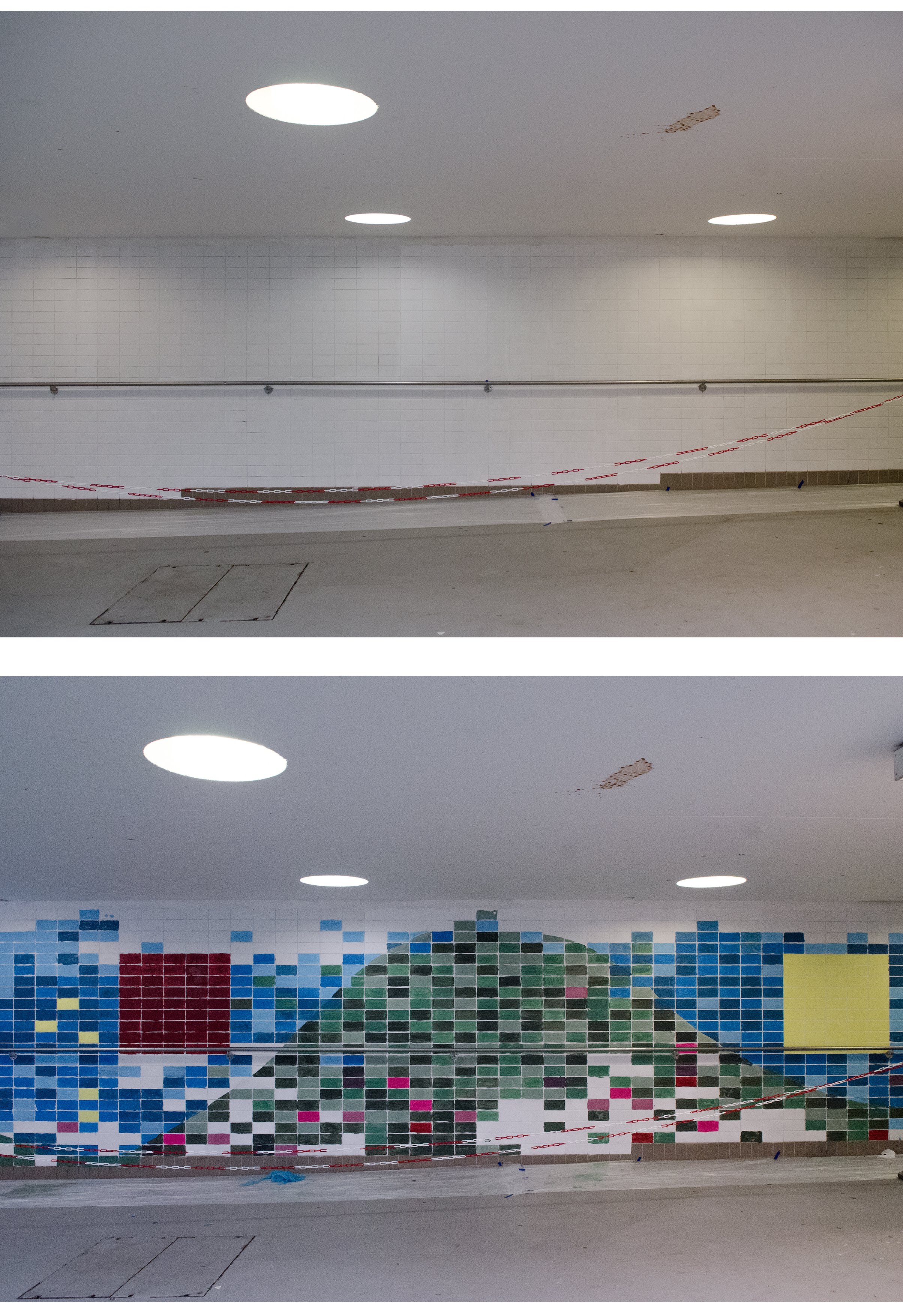
Colors of Ski (2017-18)
In autumn 2017, Ebba Moi carried out a temporary art project at the Ski railway station in collaboration with the local artist Anas Salameh and youth from the town of Ski ungdomsskole. Together, they examined the colors of Ski based on Josef Alber's color theory and the Palestinian-Syrian artist Salameh's hometown of Damascus.
What colors do we associate with our hometown? How do the colors affect Ski's identity?
Through reflection, dialogue and exploration, the artists and students collaborated to create a color spectrum that represents Ski as of today. The palette we arrived at formed the basis for a larger mural that was made at the Ski station.
The mural was completed in September 2017 and stands until the old railway station were demolished in May 2020.
Commissioned by KORO.
Photos: Signe M Andersen/KORO
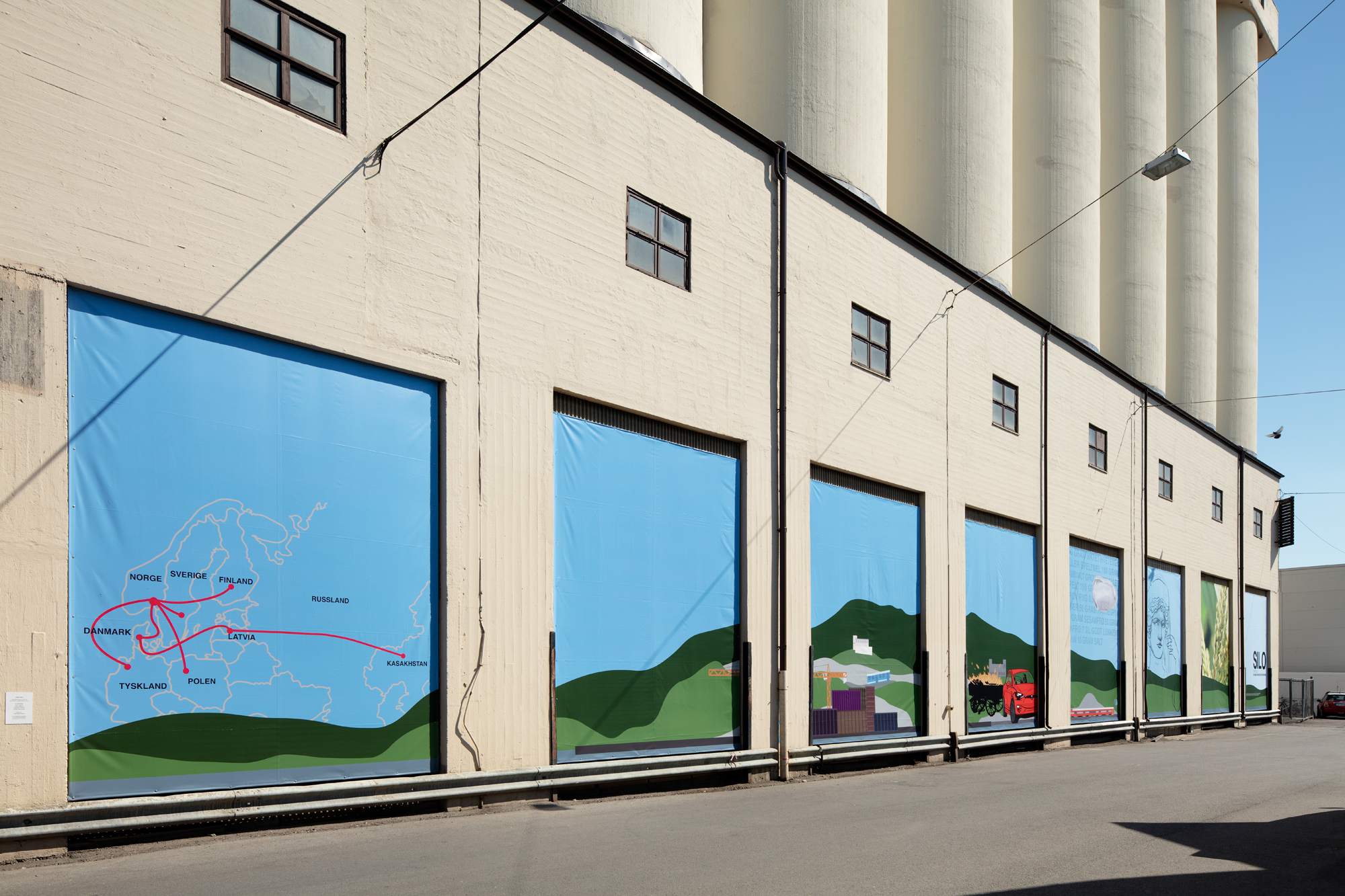
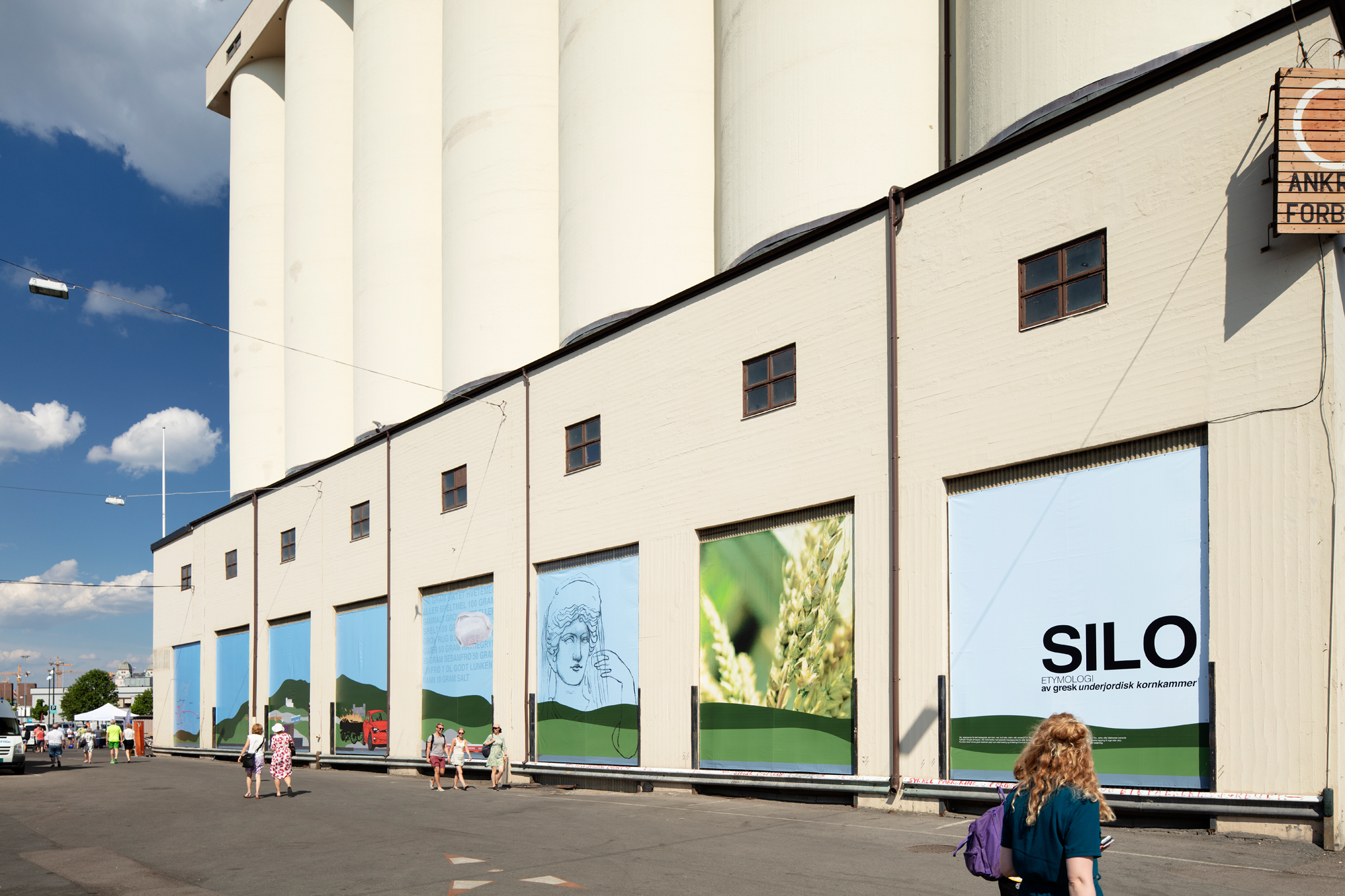
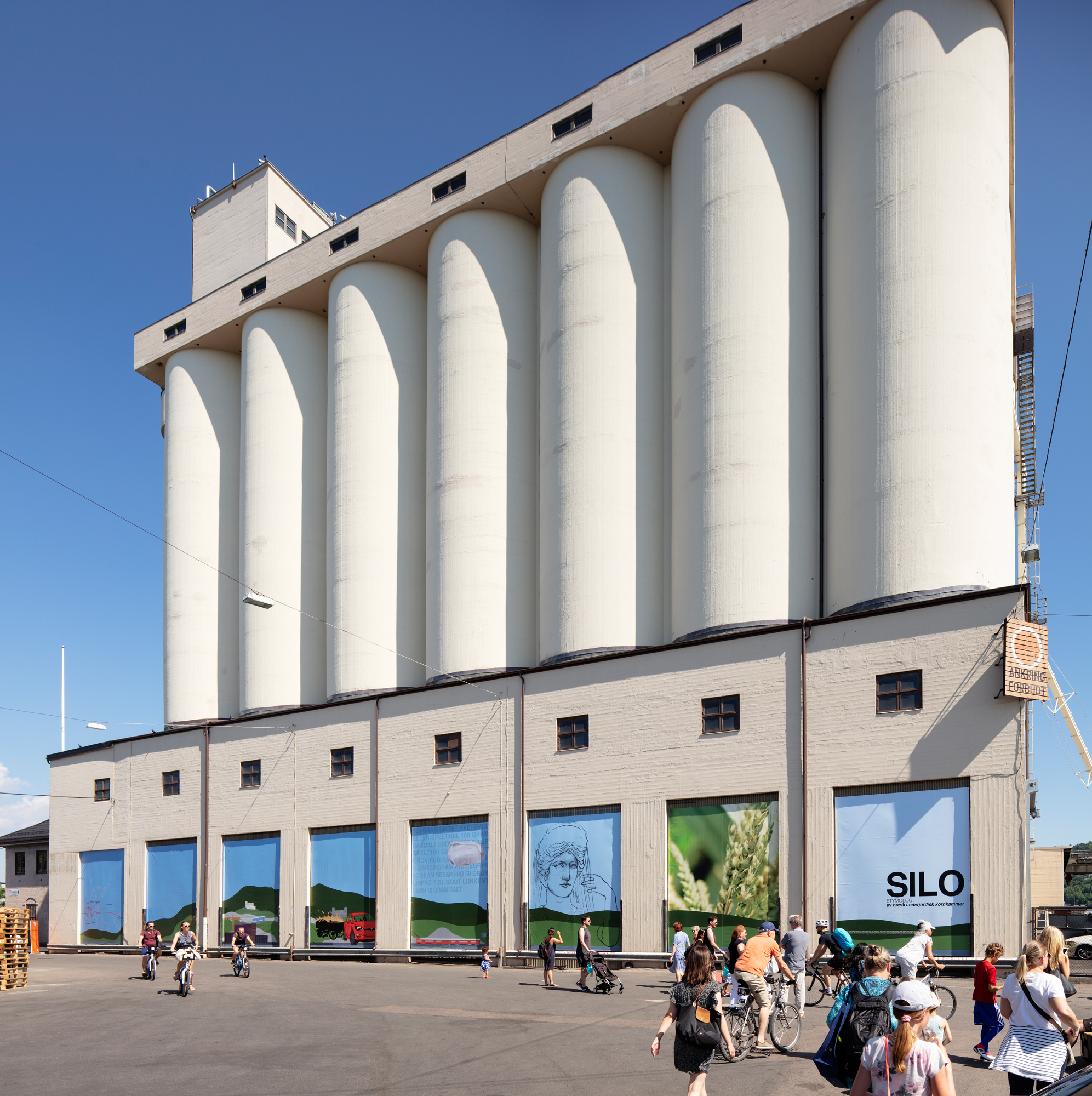
SILO (2018)
Et stedsspesifikt temporært verk for Havnepromenaden ved Vippa i Oslo.
Sammen med fem elever fra VGS2 ved KDA på Elvebakken, Ea Thompson, Aksel Løvstad, Klea-Clarence, Storm Christensen og Anastasia Mukhina - et prosessbasert offentlig kunstverk til Havnepromenaden og Siloen som ligger ved Vippetangen. Dette er et område sterkt preget av gentrifisering og siloen er fortsatt i bruk, da den fungerer som et mottak for korn fra utlandet som transporteres videre til møller i Oslo.
Sammen med ungdommene undersøkte vi siloens funksjon idag utefra visuelle og politiske betydninger. Åtte prints på plastduk på 5 x2,5 meter.
Produsert av Signex, invitert av Kulturetaten, Oslo kommune.
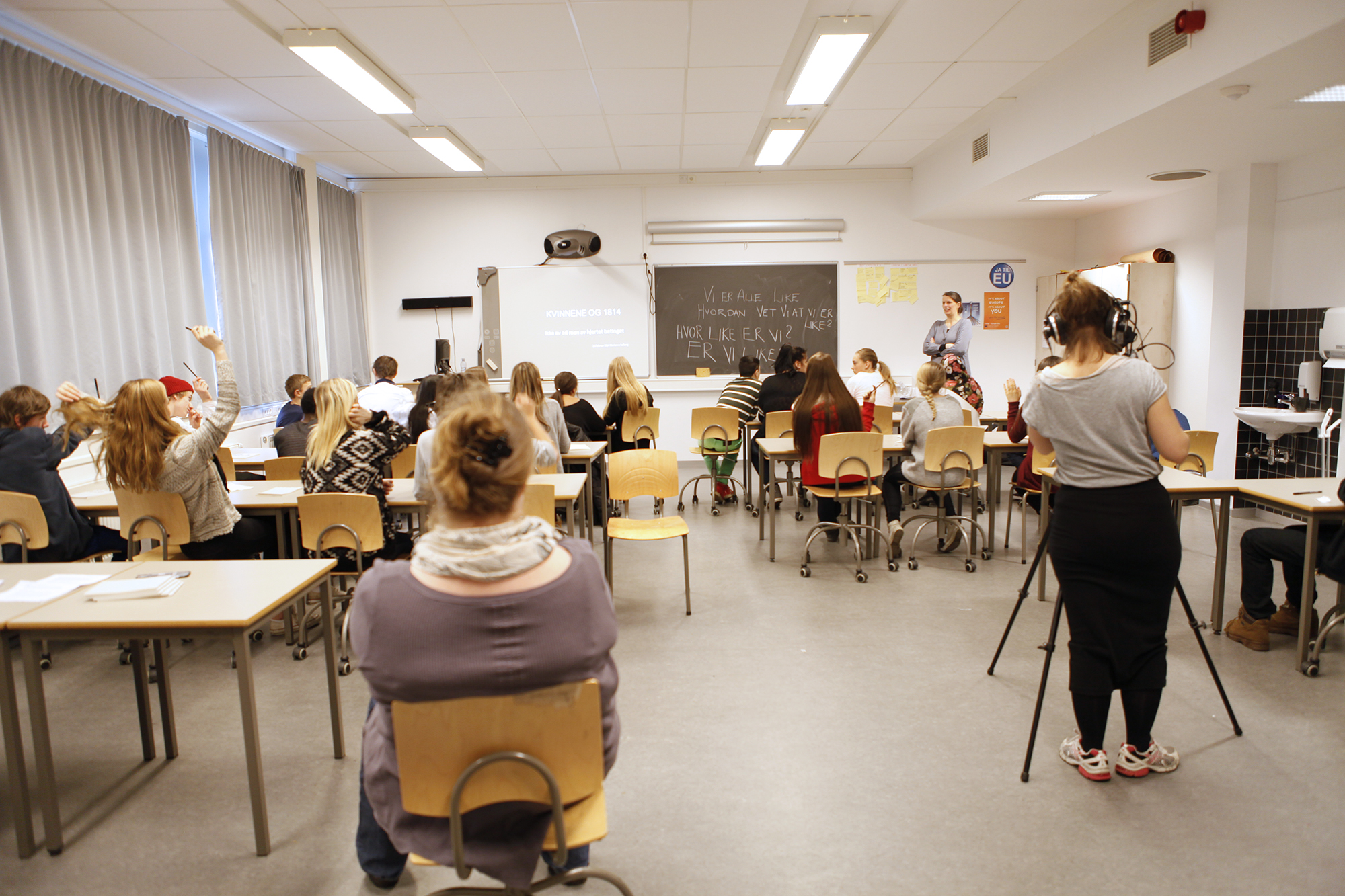





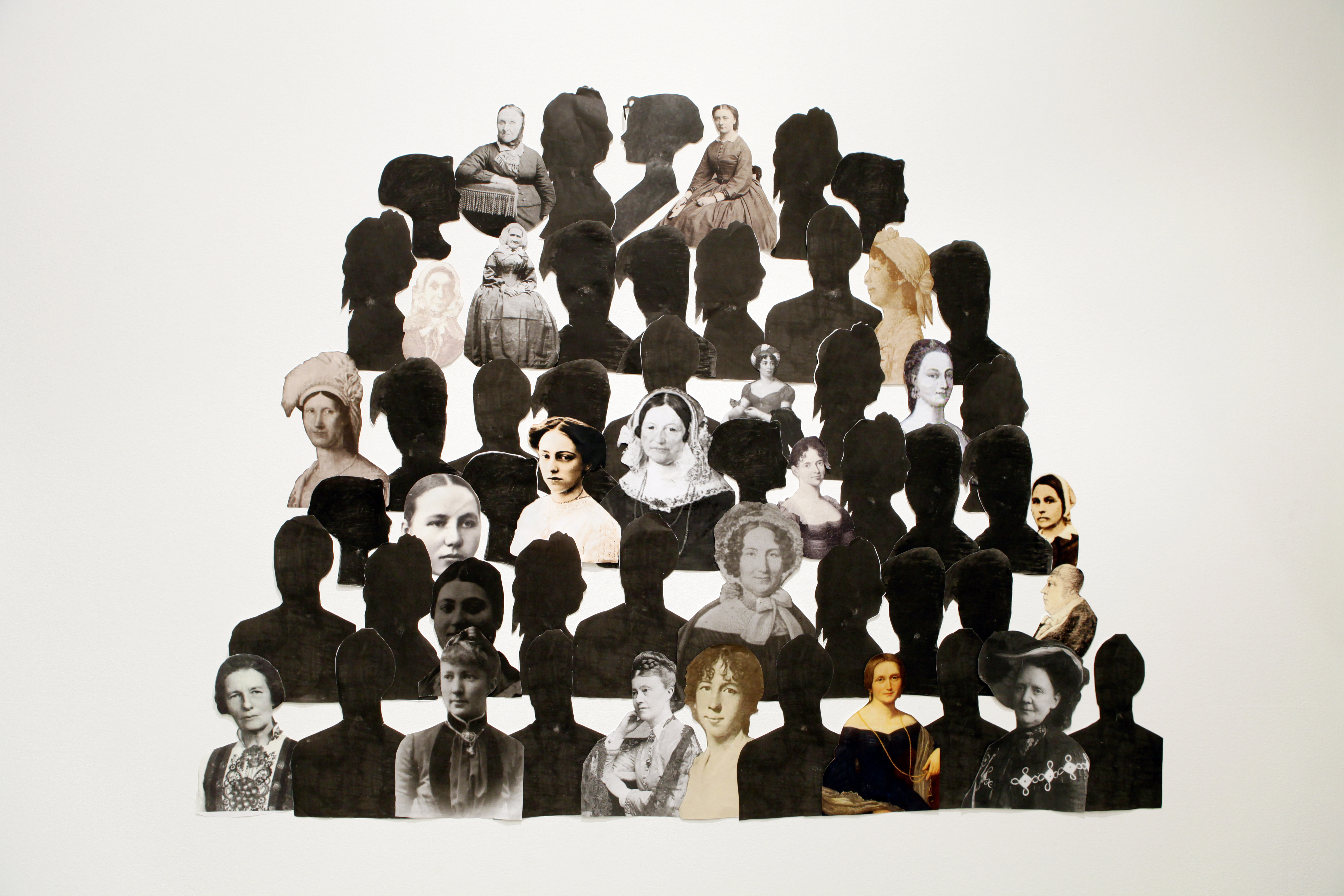
We are all equal (freedom, equality, fellowship)
Norsk tittel: Vi er alle like (frihet, likhet, felleskap)
2014
Commissioned by Akershus kunstsenter for the exhibition
1814 Revisited – The Past is Still Present
In 1814, the Norwegian constitution was one of the most radical in Europe, inspired by enlightenment ideals, which culminated in the French Revolution at the close of the 18th century. The most important concept of the time was belief in the human rationality. Striving for cooperation between equal human beings, with the Revolution motto Liberté, egalité, fraternité (Liberty, equality, fraternity), was a key social force. According to the dictionary, the word fraternity or brotherhood means “feeling of friendship between, trust, and support between people” (Macmillan Dictionary, which refers also to the slogan of the French Revolution) rather than a family friendship.
Even thougj “fraternity” is regarded as a neutral word, it originally referred to actual brothers. “Sistership” orits equivalents in other languages is not generally regarded as a real word. It is nevertheless well known that women played a large role in the French revolution and that it was, for instance, a unified procession of protesting women that eventually brought down the King.
If we turn our attention towards Norway, the history shows to a large extent that men have been dominant and that it was, for instance, men alone who composed the Constitution in 1814.
Against this backdrop, Moi wishes to look at today´s gender structures in Norway. In her project Vi er alle like (frihet, likhet og felleskap)(tr. We are all equal (Freedom, equality and community) she aims to research what significance our use of language have for our perception of gender? How does language affect our behaviour? How much equality is there in Norway? Not least: are men and women equally represented in public life?
Prior to the the exhibition, Ebba Moi and Class 9C from Stalsberg School will reflect on these questions. By means of lectures and discussions, the pupils will be challenged to carry out their own surveys, examination and reflection. The processes and results will be presented in Akershus Kunstsenter as a visual representation of the meetings.
Invited Lecturers:
Marianne Solberg, lives and works in Telemark county, Norway. Solberg is an academic-literary author and journalist who primarily works in the field of elite and female culture in Norway 1730-1830.
Lin Prøitz lives and works in Oslo. Prøitz is visiting researcher at the University of Oslo´s Centre for Interdisciplinary Gender Research and holds a doctorate in media studies. She researches youth and social media with a gender and communication perspective.
The project was produced By Akershus Kunstsenter wit support from the Sparebankstiftelsen DNB bank fund and Skedsmo municipality. Curated by Rikke Komissar.
Prior to the the exhibition, Ebba Moi and Class 9C from Stalsberg School will reflect on these questions. By means of lectures and discussions, the pupils will be challenged to carry out their own surveys, examination and reflection. The processes and results will be presented in Akershus Kunstsenter as a visual representation of the meetings.
Invited Lecturers:
Marianne Solberg, lives and works in Telemark county, Norway. Solberg is an academic-literary author and journalist who primarily works in the field of elite and female culture in Norway 1730-1830.
Lin Prøitz lives and works in Oslo. Prøitz is visiting researcher at the University of Oslo´s Centre for Interdisciplinary Gender Research and holds a doctorate in media studies. She researches youth and social media with a gender and communication perspective.
The project was produced By Akershus Kunstsenter wit support from the Sparebankstiftelsen DNB bank fund and Skedsmo municipality. Curated by Rikke Komissar.
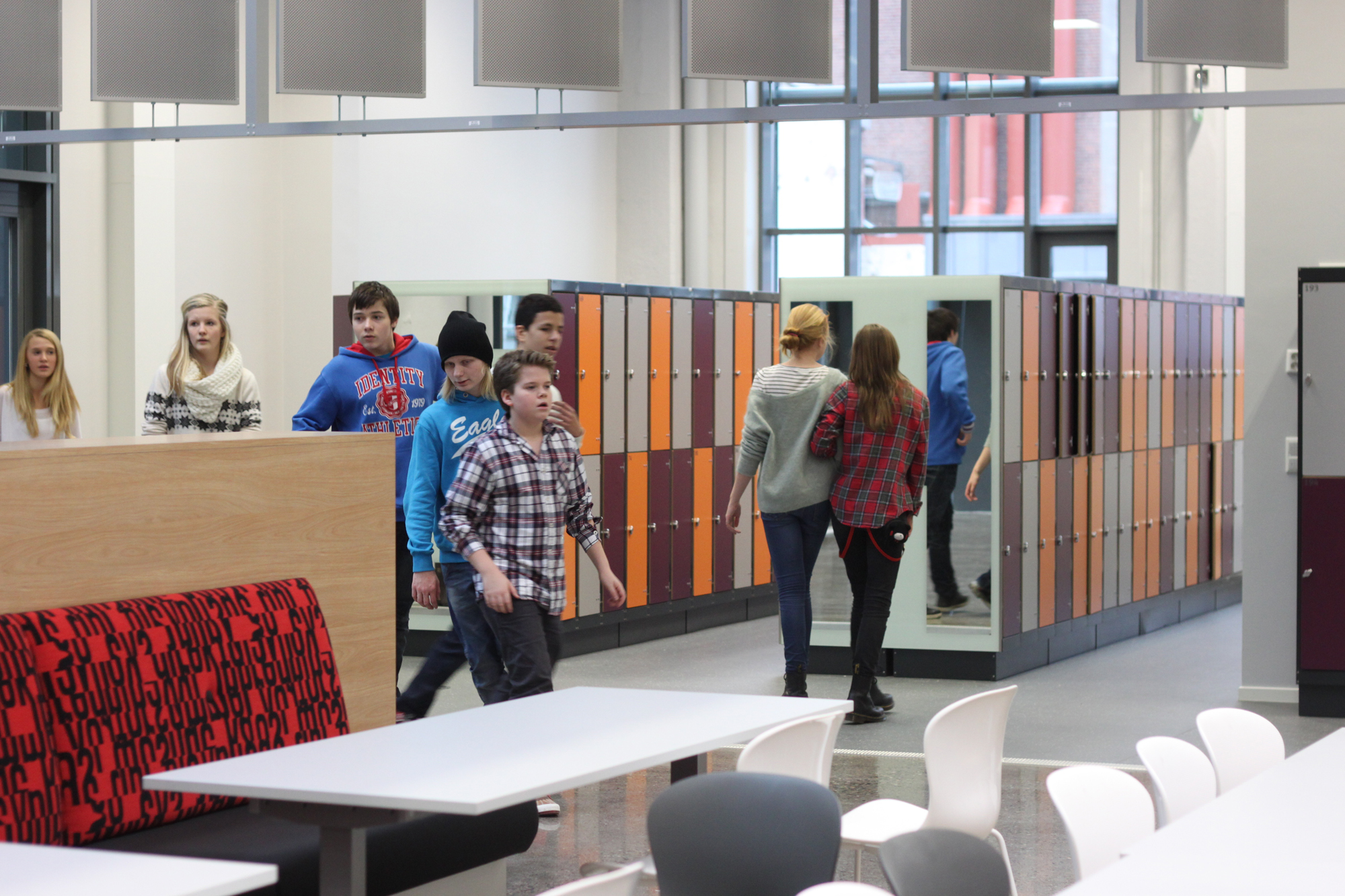

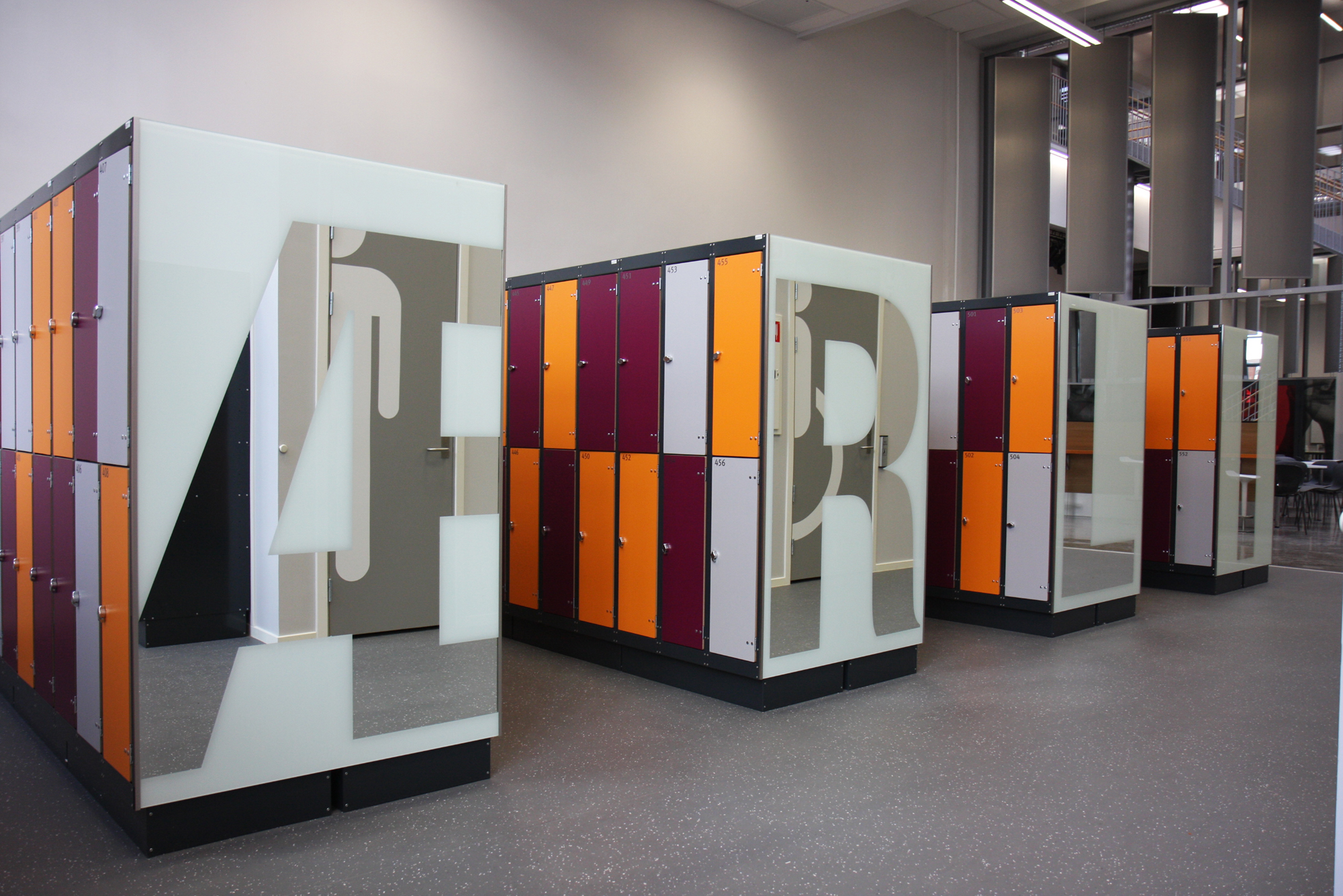
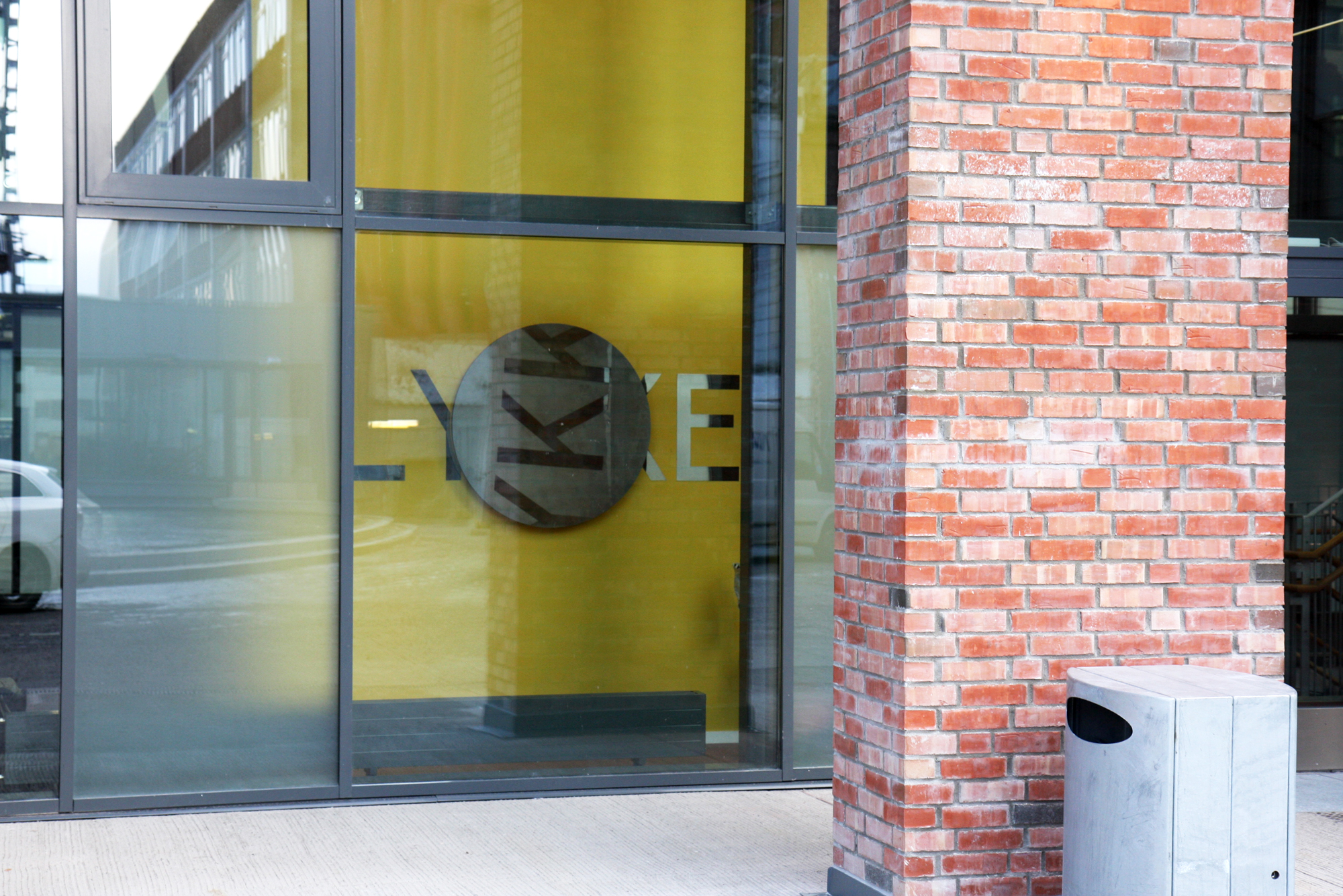
Public art project/Offentlig kunstprosjekt til Frydenberg ungdomsskole
Oslo, 2013, Kulturetaten i Oslo.
Konsulenter: Marianne Hølmebakk og Yngvild Færøy
Titler: Speil, speil... og YOU COULD BE HAPPY!!
Katalog Kunst i Oslo 2013 med tekst av Kjetil Røed: